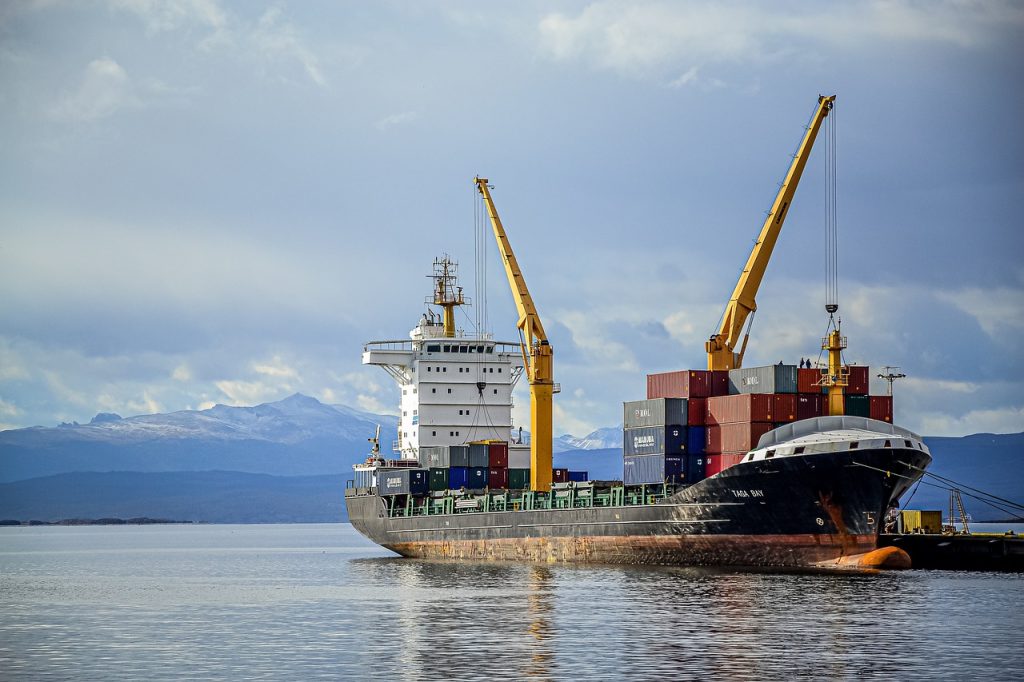
The important role of ballast in shipping
Have you ever wondered how ships remain stable in rough waters? Or why some ships appear empty, yet don’t tip over? The answer lies in a frequently overlooked component: ballast. In this blog, we’ll take a deeper look at the important role ballast plays in maritime transport. Read on!
What is ballast?
Let’s start with the basics: what is ballast?
Ballast is material used to improve a ship’s stability. In shipping, lead and steel are two of the most commonly used materials. These heavy substances help lower a ship’s center of gravity and maintain stability, especially when carrying little or no cargo. Without ballast, ships would move much more and could even capsize in rough weather.
Why is ballast so important in maritime transport?
Stability and safety
The primary function of ballast is to ensure stability. These heavy materials are particularly effective at lowering the ship’s center of gravity, which is essential for safety. A stable ship is safer for both the crew and the cargo. Without enough ballast, a ship can roll heavily or even capsize—posing serious risks and resulting in costly damage and delays.
High density
Ballast lead and steel have a high density, meaning you need less volume to achieve the same weight compared to materials like water or sand. This is especially useful on ships where space is limited. Their high density ensures these materials are effective at improving stability without taking up too much room.
How does ballast work on a ship?
Ballast lead and steel are strategically placed throughout the vessel to optimize balance. This usually happens in special ballast tanks or compartments designed to distribute the weight evenly. Proper placement is crucial to ensure the ship remains stable under all conditions.
Adapting to change
Just like ballast water, lead and steel ballast can be moved between different sections of a ship to adapt stability to changing conditions. However, this is less flexible than water, as it requires physically relocating heavy materials. That’s why lead or steel ballast is often used in combination with ballast water, for maximum flexibility and effectiveness.
Environmental impact of ballast materials
Sustainable use
Although lead and steel are durable and effective ballast materials, it’s important to consider their environmental impact. For instance, lead (as found in lead blocks) can be toxic if not handled properly. It’s crucial to follow strict guidelines for the use and disposal of lead to avoid environmental damage.
Recycling and reuse
Fortunately, both ballast lead and ballast steel can be recycled, reducing environmental impact and making their use more sustainable. Steel is highly recyclable and can be reused repeatedly without quality loss. Lead can also be efficiently recycled, although this must be managed more carefully due to its potential toxicity.
Ballast lead and steel are far more than just extra weight on a ship. They play a critical role in the safety, stability, and efficiency of maritime operations. By using proper ballast techniques and embracing environmentally conscious practices, ships can not only sail more safely but also reduce their environmental footprint.





